Aussie kids as young as seven face health risks from TikTok, X
A new survey shows just how many hours a day even young kids waste on TikTok, but combined with X and other social media the serious risk of harm has health experts calling for urgent change
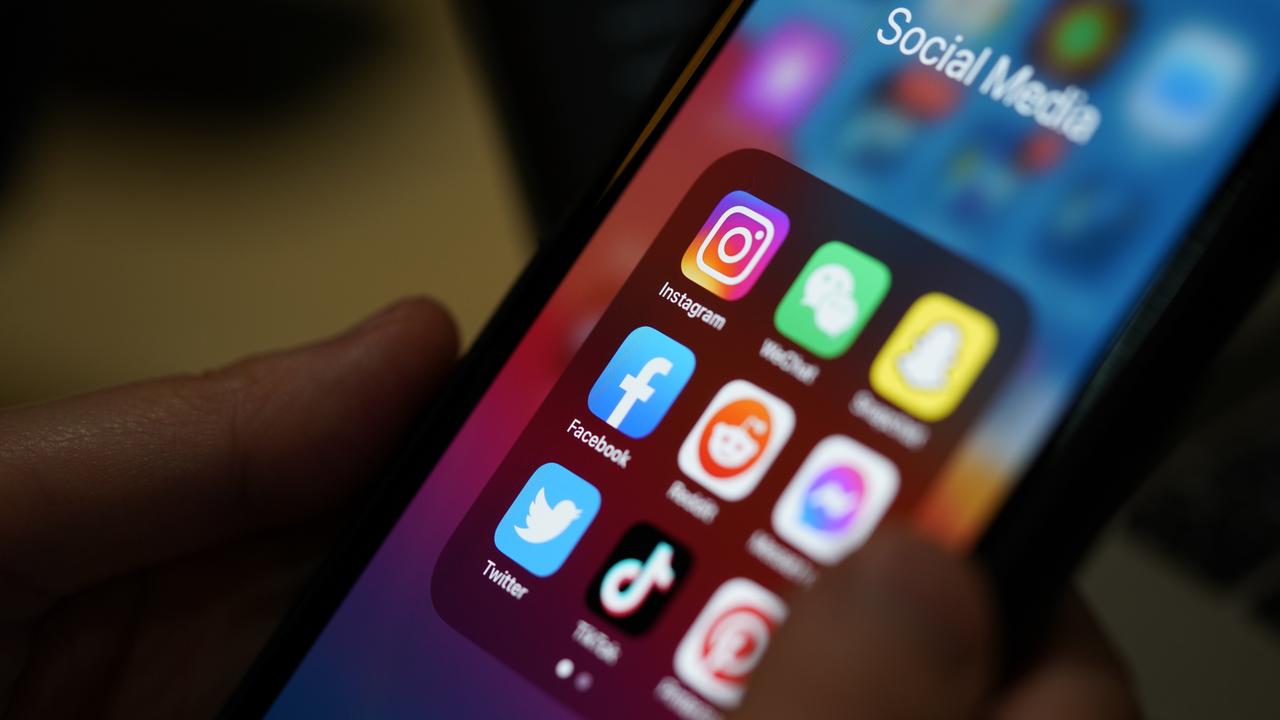
READING LEVEL: GREEN
About 40 per cent of Australian children aged seven to nine are using the social network* X, where they’re at risk of being exposed to inappropriate content*, a new study has shown.
The report by online safety company Qustodio also found that close to half of Australian kids aged 10-15 spend an average of two hours a day on TikTok, watching about 240 videos.
The study collected data on the digital habits of 19,000 Australian families with kids aged seven to 18.
It found instant messaging app* Snapchat was the social media app of choice for those in their early teens.
Almost half of all kids accessed the app for an average of 93 minutes per day – or just over an hour and a half.
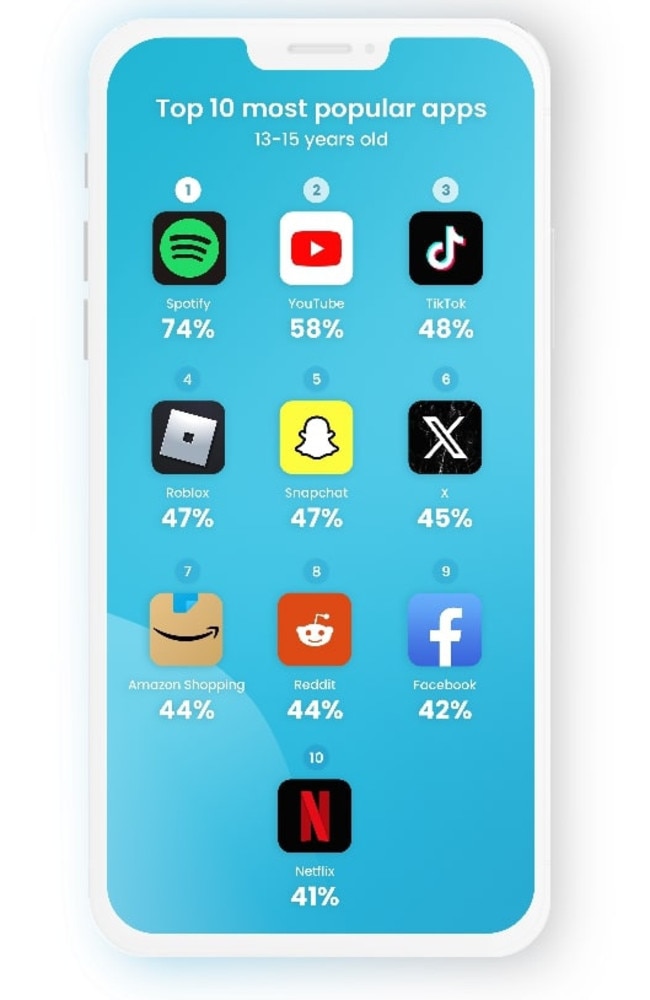
Online safety expert Yasmin London said the data was concerning.
“It’s important to understand where children are actually spending their time, and the risks those apps pose,” she said.
“They (the apps) can expose children to a harmful and dark side of social media.”
Ms London said it was “not that simple” to just ban children from social media – especially when they depend on it to stay in touch with their friends.
“For kids, often their main concern is cyber ostracism*, which can lead to its own set of issues,” she said.
“All kids want to feel included and the online world and friendship groups online are part of that now.”
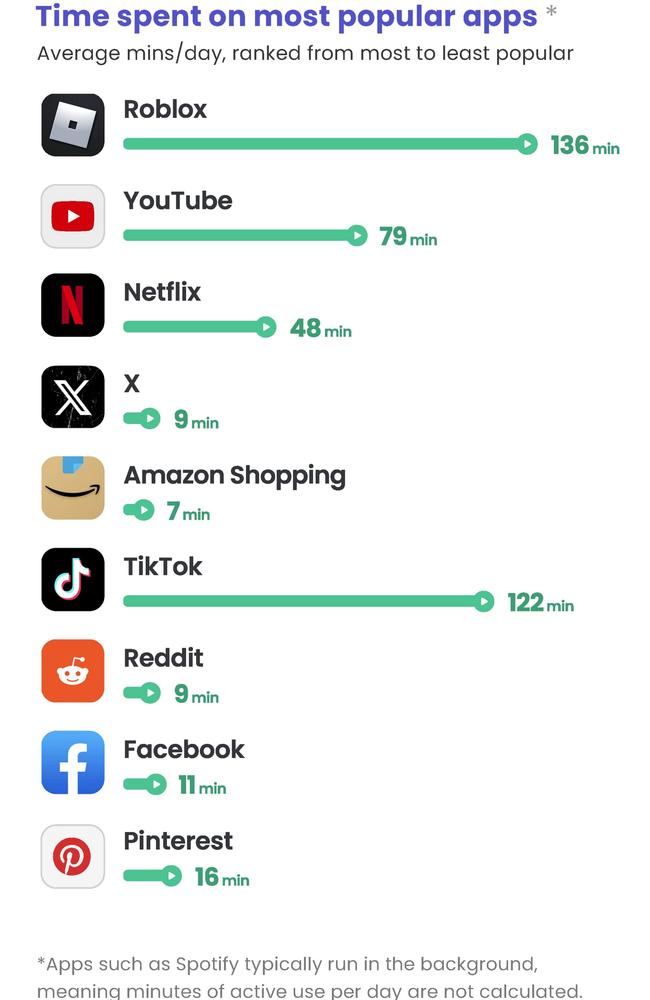
On average, kids aged seven to nine spend more than two hours a day on Roblox, a gaming and chat app.
And 40 per cent of children in the same age group have an X account, the platform formerly called Twitter and another social media channel that publishes inappropriate material.
“Kids as young as seven to nine years of age are gaining access to apps like X and Reddit as parents either don’t know much about them or don’t think to block them because they aren’t as ‘popular’,” Ms London said.
More than 53,000 people have signed a petition* calling for the age of social media access to be raised to 16 as part of News Corp Australia’s Let Them Be Kids campaign.

Professor Selena Bartlett, a neuroscientist* and author of Being Seen, a guide for parents in the digital age, said that increased screen time can have a negative impact on the development of children.
“We know it’s changing their brain development, their teenage brain development,” Professor Bartlett said.
“Without even thinking about the content, just the phone checking behaviour is leading to ADHD-like symptoms*.
“Also the content being viewed is not passive*, it does something to them.”
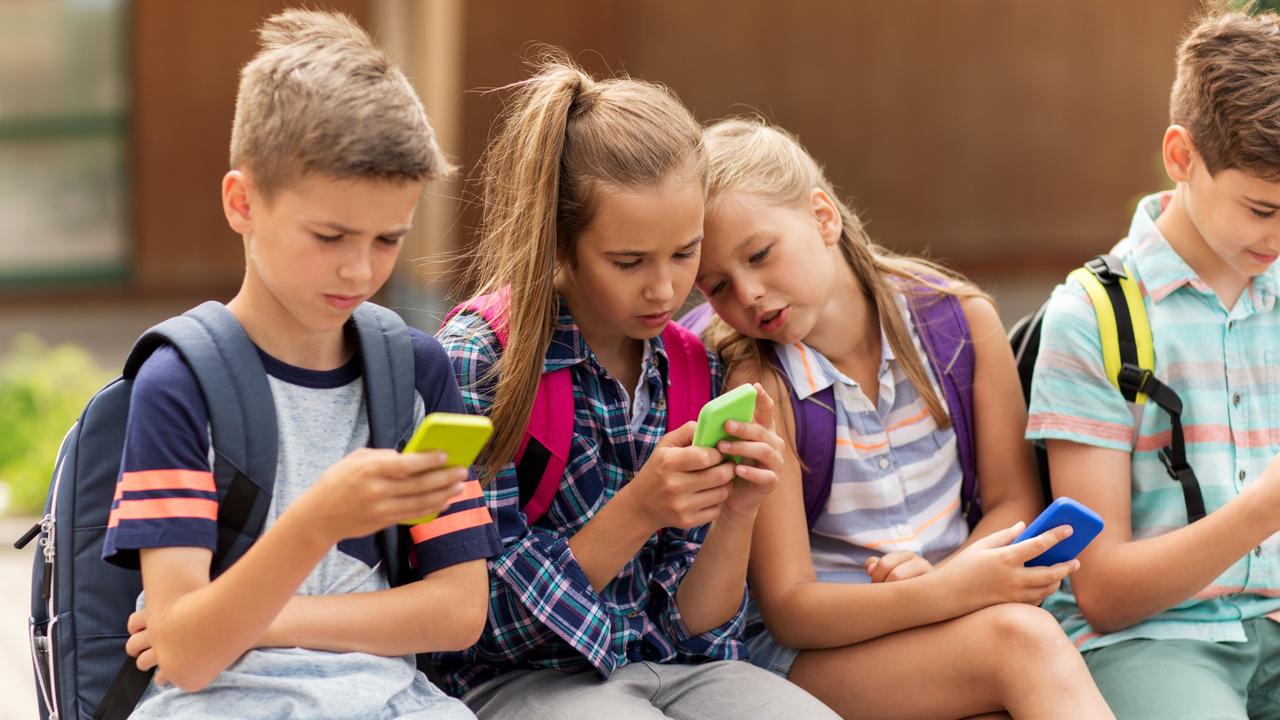
Professor Bartlett added that “it’s outrageous” that children are accessing X, a platform that recently changed its guidelines* to allow content that is inappropriate for kids.
“It’s more than concerning, it’s outrageous, to be really frank, this has absolutely shocked me,” she said.
“And that’s why we need to do something urgently.”
It has led to Professor Bartlett making an urgent call to action for the government to introduce tighter regulations* to protect children.
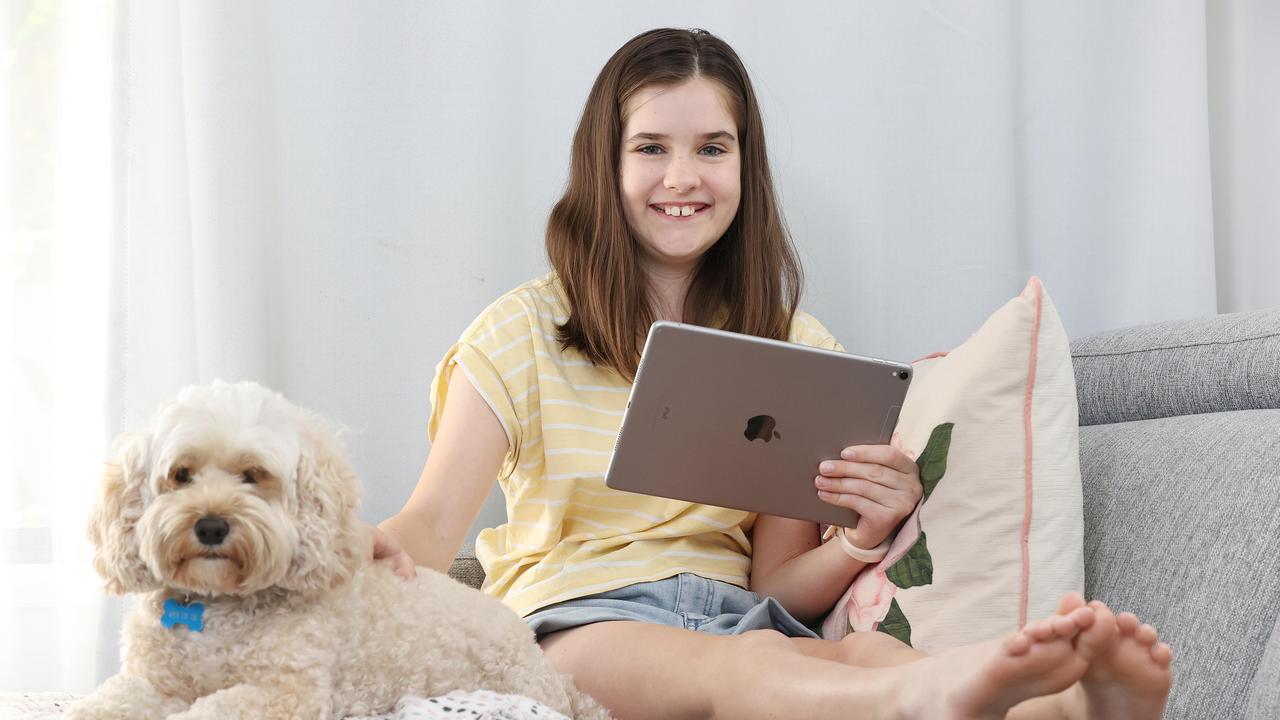
She said the government should put in place stricter rules around how kids access social media and there should be better education for kids around digital literacy and safety.
There should also be better control over what is allowed to be posted online, plus better filtering of inappropriate content and the development of child and teenage safe devices.
“These measures are essential to mitigate* risks and protect our children and adolescents,” she said.
POLL
GLOSSARY
- social network: a website that allows users to communicate by posting information, images, videos and messages
- inappropriate content: stories, images and videos posted online that are not suitable for kids to see
- instant messaging app: an app that allows users to form groups and send messages to each other
- cyber ostracism: when people feel they are being left out of a social group or ignored online
- petition: a request made by a group of citizens calling for change or action on an issue
- neuroscientist: a scientist that researches the nervous system and brain in order to better understand how they develop
- ADHD-like symptoms: things like: not being able to sit still, acting without thinking and constant fidgeting
- passive: not having an effect on someone
- guidelines: rules set out to help guide the safe use of something
- tighter regulations: stricter rules
- mitigate: protect against
EXTRA READING
Scam smart kids start with ABCs
Is English down the ‘skibidi toilet’?
Letters worth writing home about
QUICK QUIZ
1. Why are digital experts concerned about kids accessing X?
2. What effect is constant phone-checking having on kids?
3. How many hours a day do 10-15 year olds spend watching TikTok?
4. Name two things Prof Bartlett says the Government should do to better protect kids?
5. How many people in Australia have signed a petition calling for the age of social media access to be raised to 16?
LISTEN TO THIS STORY
CLASSROOM ACTIVITIES
1. Concerning online traits
This Kids News article outlines many concerning things to do with children and their online habits.
What could you be doing that’s more appropriate, adventurous and healthier than spending 1.5 to 2 hours per day on Roblox, Snapchat or other types of social media? List 3 things;
–
–
–
While kids might just see it as scrolling videos (up to 240 a day on TikTok!), the experts say it’s not just ‘passive’ it does affect behaviours and changes brain development.
How do we get children and teens out of these bad habits to stay connected, but not on inappropriate platforms for their age?
Design your own app for kids your age, that allows them to communicate with friends, see appropriate videos and do other things you enjoy, without seeing inappropriate content.
App Name:
Functions:
What it includes:
Age group targeted to:
Safety features:
Time: allow 30 minutes to complete this activity
Curriculum Links: English, Digital Technologies, Personal and Social, Critical and Creative Thinking
2. Extension
What should the Government and other authorities be doing to ban the use of some of these social media platforms to 16 or above? Even if kids don’t agree it’s fair, research and evidence tells us it’s not good for their brain development or mental health until they are at an appropriate age.
List your suggestions below;
–
–
–
Time: allow 15 minutes to complete this activity
Curriculum Links: English, Digital Technologies, Personal and Social, Critical and Creative Thinking
VCOP ACTIVITY
Read this!
A headline on an article – or a title on your text – should capture the attention of the audience, telling them to read this now. So choosing the perfect words for a headline or title is very important.
Create three new headlines for the events that took place in this article. Remember, what you write and how you write it will set the pace for the whole text, so make sure it matches.
Read out your headlines to a partner and discuss what the article will be about based on the headline you created. Discuss the tone and mood you set in just your few, short words. Does it do the article justice? Will it capture the audience’s attention the way you hoped? Would you want to read more?
Consider how a headline or title is similar to using short, sharp sentences throughout your text. They can be just as important as complex ones. Go through the last text you wrote and highlight any short, sharp sentences that capture the audience.


